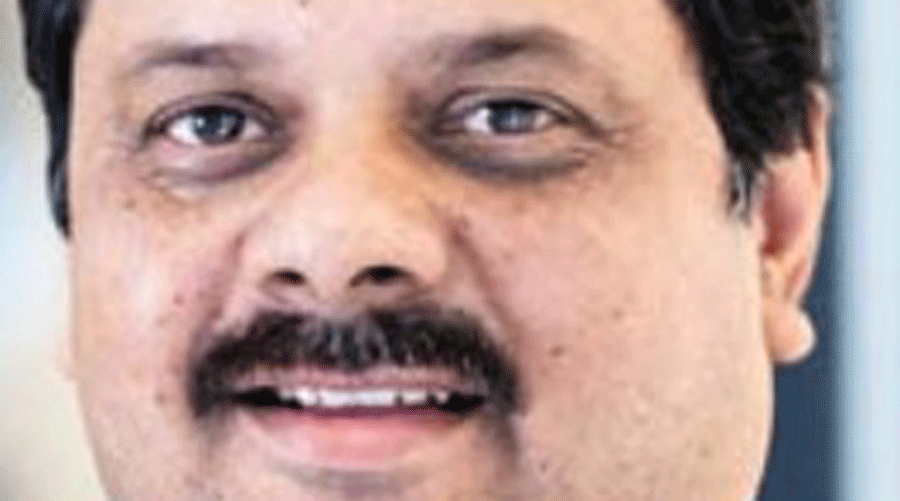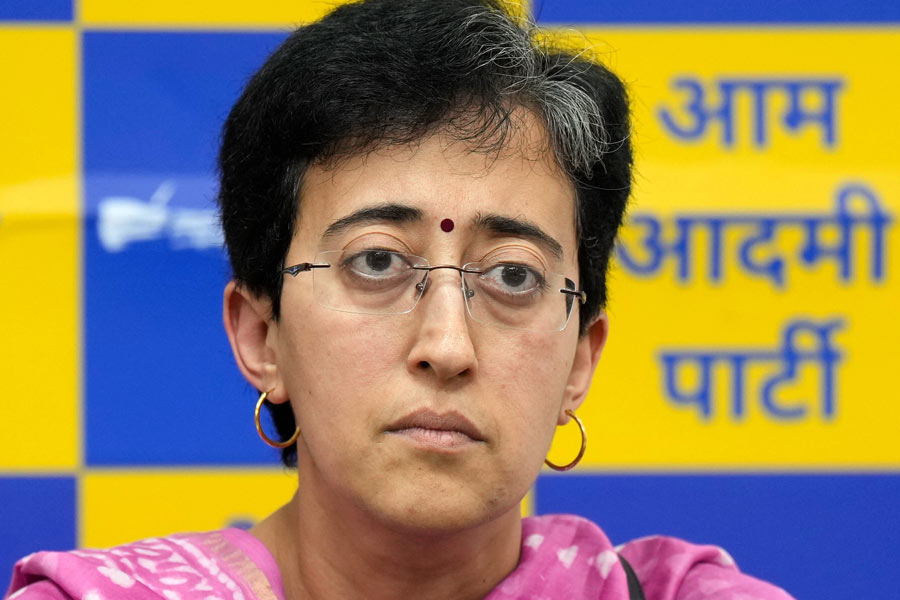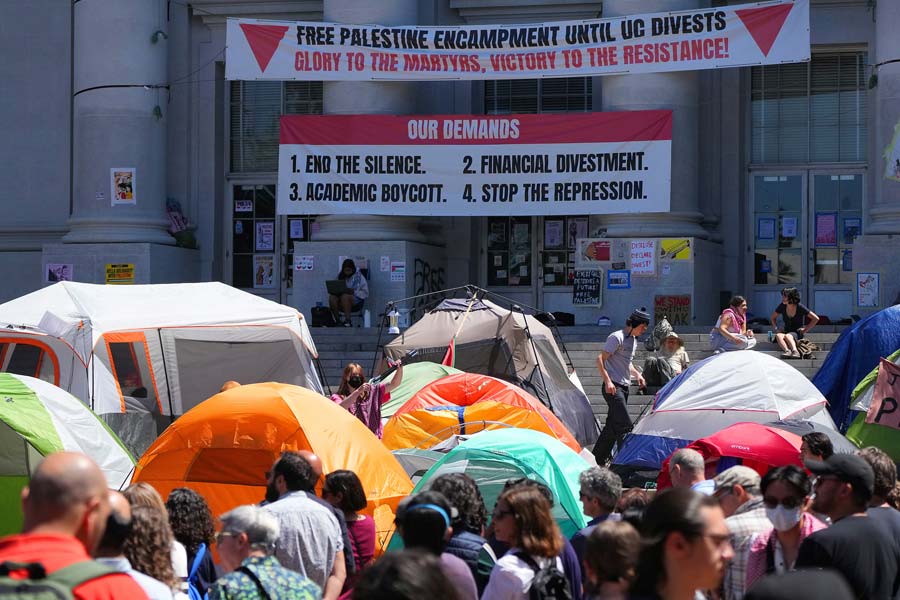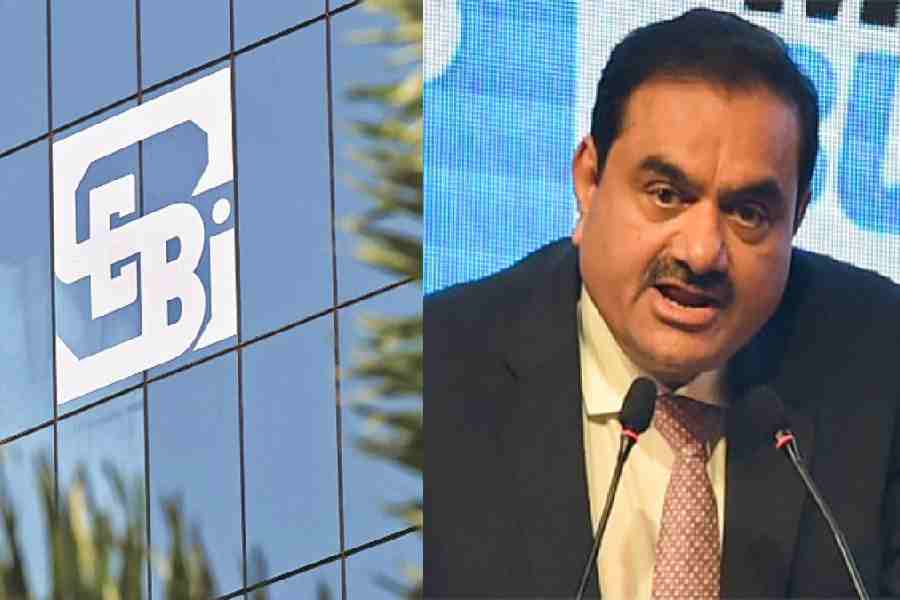Tata Steel’s profit slumped 90 per cent in Q1FY23 but Koushik Chatterjee, executive director & CFO of the company, tells The Telegraph that margin improvement in the second half is possible in India. He also talks about energy transition in the UK and Netherlands, the future of British Steel Pension Scheme, the deleveraging journey and the benefit from expansions.
■ Tata Steel faced headwinds both in India as well as Europe, resulting in sharp drop in profit. How do you expect the third and fourth quarter to play out in terms of margins?
Tata Steel’s India business is one of the most competitive in the global steel industry. In the quarter gone by, we have sold a record 4.73 million tonnes(mt), which also demonstrates the strength of our distribution and market reach in a challenging market. So at the operating level we had a good quarter in India.
However, there was a confluence of adverse factors as we had an opening inventory which had high embedded costs because of coal imported in the previous quarter; and the price realisation on steel sales in the market was significantly lower than the previous quarter. One of the factors behind lower realisations was certainly the impact of export duty on the industry. The Indian demand conditions are fairly robust with sectors such as automotive doing well. Post monsoon we should also see construction activities picking up.
The outlook on India’s steel demand is good for the next half year and the raw material costs are range bound. Therefore, we are definitely looking at an improvement in margins in the second half compared with the second quarter gone by.
In Europe, prices are going to be softer in the second half compared with the first six months but with coal prices still around $300 per tonne, the longer-term steel contract negotiations for 2023 will have to reflect the increased cost base on raw materials and energy costs.
■ The lifespan of the blast furnace at Port Talbot will be over by 2025-26. Would TSL like to have an outcome of the discussion with the UK government for the transition support before that? What are the options before TSL if the support, as sought, does not come from the UK government?
There are indeed some of critical facilities in Port Talbot including one of the blast furnaces which will be approaching their technical end of life over the next few years and therefore early decision on the way forward is critical sooner than later.
We are certainly looking at making a decision with due consideration in a defined time horizon.
■ Analysts have expressed concern about the British Steel Pension Scheme. Tata Steel took a non-cash charge of Rs 100 crore, dragging PAT down on a consolidated basis. Is it a one-off or there could be a recurrence?
One needs to understand the context first. Let me explain, we undertook a pension restructuring under the UK Pension Regulator’s oversight in 2017 which ensured that the pension scheme is in surplus and self-sufficient on an ongoing basis.Therefore the scheme remains in surplus since then and as of September 2022-end had a surplus of £1.5 billion. The pension scheme post-restructuring is adequately ringfenced from a company exposure point of view.
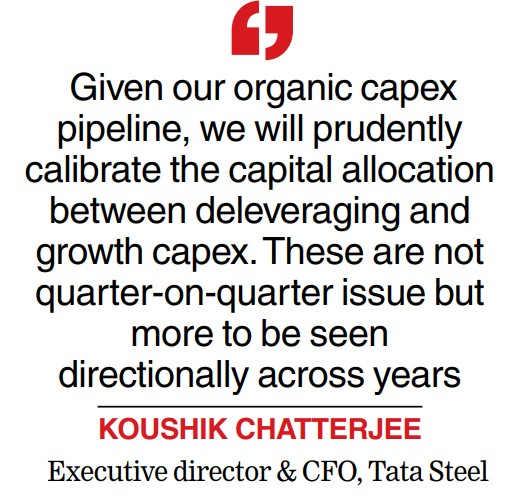
Further, the scheme trustees and us have proactively worked together in the last couple of years through the pandemic to further de-risk the scheme by a process of buy-in which effectively means an insurance company steps in to manage the scheme liabilities — simply put it’s like buying an insurance policy.
This insulates the scheme and the company from any market volatility.
Since the scheme size is quite large of above £7 billion assets under management, it takes time to do the process based on the liquidity in the reinsurance market. We have already completed coverage of 30 per cent of the liabilities of around £3 billion and we will continue to do more in the near future.
Therefore, this is a very important strategic initiative to derisk the scheme completely. The non-cash charge is the deferred tax expense on account of the movement of the surplus with each buy-in process. Therefore, the contextual understanding of what we want to strategically achieve is important to take on board.
■ Has the Netherlands government committed financial support to the Ijmuiden operation, given the fact that the company has already committed 65 million euros to lay the groundwork for transition?
We are in very active engagement with the government in Netherlands on the entire decarbonisation strategy and there are due processes that the government will follow. The 65 million Euro is more towards design and engineering work that will actually help in finalising the capex requirement, phasing of the transition and other engineering related costs.
This is anyway required as we establish the business case for the transition. There are multiple fronts on which we require the help and support of the government and our engagement coverage includes all of them.
■ Given that TSN will start paying tax, will it further burden the financial performance of the company?
Not really. Income tax is payable as when the same accrues based on the profits and as a good corporate citizen, Tata Steel Netherlands is committed to comply with the tax requirements which are paid from its own cash flows. It has always paid income tax except for the few years when there were unabsorbed tax losses as the business had incurred losses in the past. This is normal for any business.
■ Tata Steel guided to bring down gross debt reduction and is also focused on completing the Kalinganagar project. How would you balance the same?
Let me address the question differently. Directionally, our deleveraging pathway remains the same in the foreseeable future and we will continuously look to reduce debt.
So as a capital allocation priority, we balance between debt reduction and capital for growth. In the last two years we have taken out significant debt which has helped us to reach the investment grade metrics.
Sometimes we need to allocate large capital on acquisitions such as NeelachalIspat or Bhushan Steel earlier which will create value for Tata Steel in the future.
Accordingly, we need to adjust the pace and quantum of the deleveraging. So this pathway will continue not only till the end of this fiscal but beyond that.
Equally, we are focused on completing the 5mt expansion in Kalinganagar as it will strategically and financially enhance Tata Steel’s competitive strength.
Given our organic capex pipeline, we will prudently calibrate the capital allocation between deleveraging and growth capex. These are not quarter-on-quarter issue but more to be seen directionally across years.
■ Will Tata Steel India get the benefit of the Kalinganagar expansion (pellet plant and CRM unit) and NINL restart in H2?
Yes certainly, we expect the benefits of the above commissioning and restarts to start flowing into the earnings in the fourth quarter. The full benefits of these facilities will be more evident in FY 2023-24 on a full-year basis.

